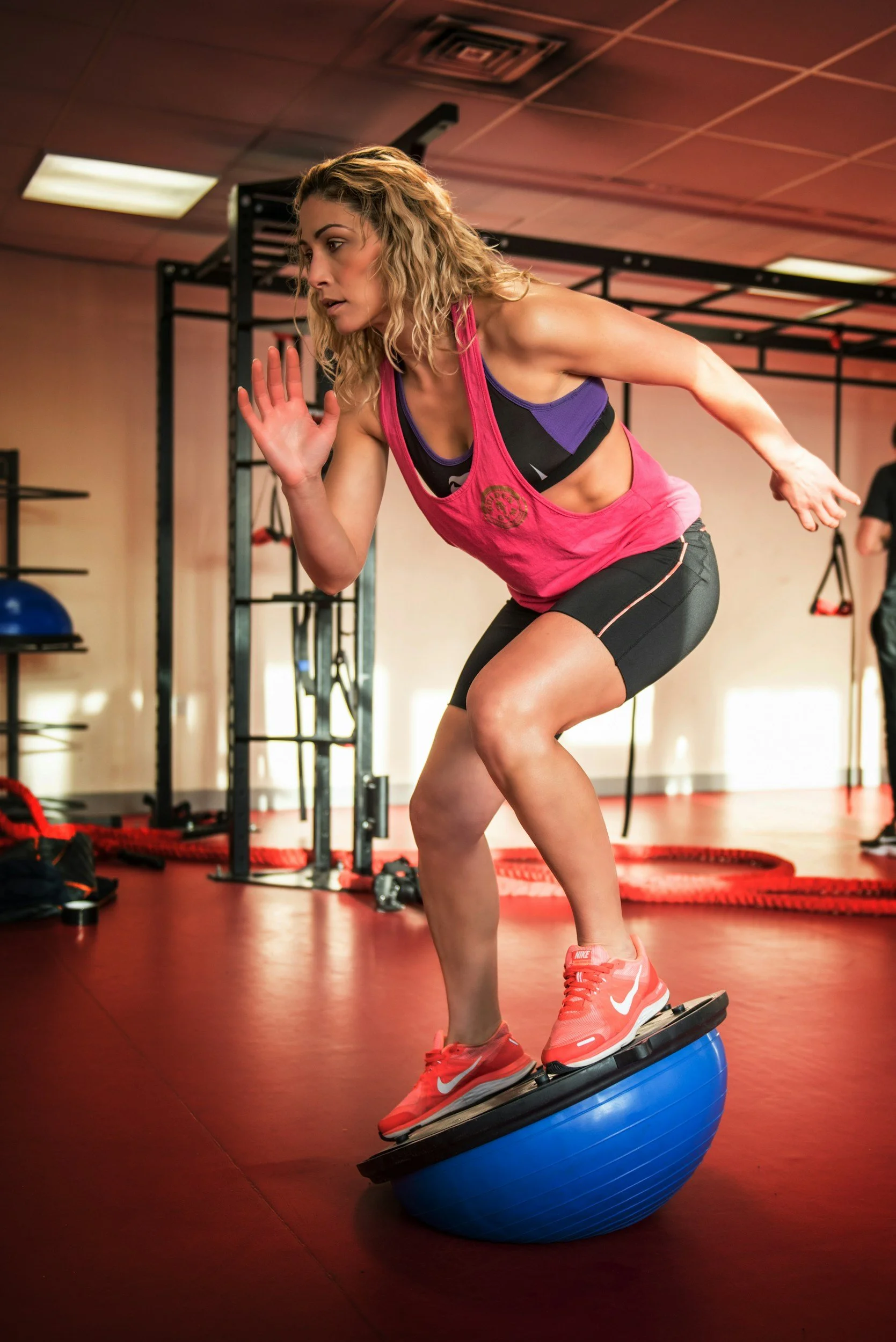
Rehab Basics
Education
Rehabilitation Basics
Rehabilitation plays a central role in orthopedic recovery—whether you’ve had surgery, sustained an injury, or are managing a chronic condition. A structured rehabilitation program helps restore strength, flexibility, coordination, and confidence, allowing you to return safely to your daily activities or sport.
Rehab is not one-size-fits-all. It’s customized to your diagnosis, procedure, goals, and timeline.
Phases of Rehabilitation
Most rehabilitation protocols follow a phased approach:
Acute Phase (Protection and Pain Control):
Focus: Reduce pain, swelling, and inflammation
Techniques: Ice, gentle range of motion, bracing or slings if needed
Goal: Protect healing tissue and maintain joint mobility
Subacute Phase (Early Motion and Muscle Activation):
Focus: Restore safe, controlled range of motion
Techniques: Passive and active-assisted motion, light isometrics
Goal: Begin to re-engage muscles without overloading healing structures
Strengthening Phase (Functional Recovery):
Focus: Improve muscle strength, endurance, and neuromuscular control
Techniques: Progressive resistance exercises, proprioception training
Goal: Support joint stability and prepare for higher-demand activity
Advanced Phase (Sport or Work-Specific Training):
Focus: Return to sport or job-related movements
Techniques: Plyometrics, agility drills, load tolerance testing
Goal: Ensure safe and confident return to pre-injury function
Key Components of a Rehab Program
Range of Motion: Early gentle motion prevents stiffness and adhesions.
Strengthening: Targeted exercises improve stability and support healing tissues.
Neuromuscular Re-education: Helps retrain balance, coordination, and movement patterns.
Manual Therapy: Hands-on techniques used by physical therapists to improve mobility and reduce pain.
Functional Training: Tailored to sport, job, or lifestyle needs.
Rehabilitation After Surgery
Post-surgical rehab is protocol-driven but patient-specific. Factors that influence your rehab timeline include:
Type of procedure (e.g., rotator cuff repair vs. meniscus repair)
Quality of the repair and healing response
Age, general health, and fitness level
Preoperative function and strength
Patient Commitment is Key
Your effort matters. The best surgical outcome can fall short without full participation in physical therapy and home exercise programs. On the other hand, consistent rehab can often delay or avoid the need for surgery altogether in many conditions.
Communication with Your Care Team
Rehab works best with ongoing communication between you, your surgeon, and your physical therapist. We provide detailed post-op instructions and partner closely with your rehab team to ensure your progress is on track.
Conclusion
Rehabilitation is a critical part of your recovery and long-term success. Whether you're coming back from surgery, injury, or looking to avoid future issues, a guided rehab program tailored to your needs helps you regain motion, strength, and confidence.
If you're unsure where to start or have questions about your rehab plan, contact our office. We’re here to support you every step of the way.


